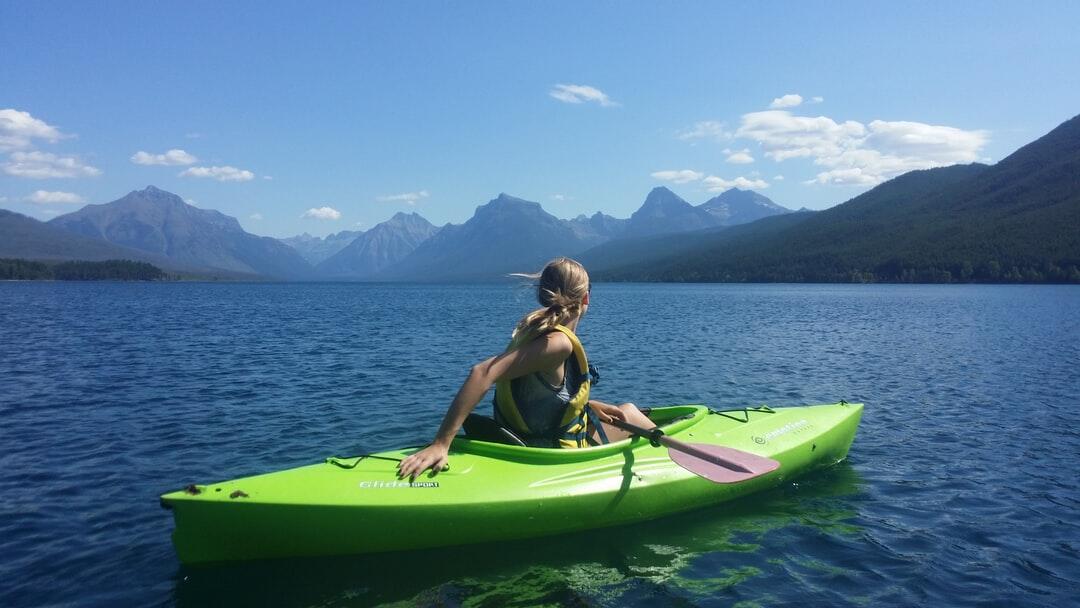HOW TO TRANSPORT A CANOE WITHOUT PROBLEMS
Expert tips on loading, securing, and transporting your canoe. You’re welcome
Canoe transport doesn’t have to be stressful. In fact, with the right tips and tricks, it becomes effortlessly manageable. Whether you’re a seasoned paddler or a beginner, transporting your canoe with ease is no small concern. Avoid damage! Make your trip enjoyable! Because wanting to go canoeing and getting your canoe to where you want to go is, er, not that simple.
Choosing the Right Canoe
So, let’s start with choosing the right one. Different types of canoes are designed for various water conditions, and your selection influences how you transport it. Whether you’re navigating a calm lake or a fast-moving river, the size and weight of the canoe are key factors.
This sounds obvious, but it’s important: before hitting the road, consider the dimensions of your canoe. A large canoe may require a sturdy roof rack or kayak utility trailer for safe transport. On the other hand, a lighter, smaller model might be easy to just strap onto a vehicle’s roof.
Prepping Your Canoe for Transportation
Prepping your canoe is crucial for safe and efficient transport. First, ensure it’s clean and dry to avoid dirt or water dripping onto your vehicle. A clean canoe is easier to secure and won’t damage the roof of your car. Additionally, you’ll want to check for any loose parts like paddles or seats, and secure them properly. Always inspect the canoe for any signs of wear and tear. Small cracks or damage can worsen during transport.
Fixing minor issues before travel can prevent bigger problems when you’re out in nature.
The Right Canoe Roof Rack
Investing in a quality roof rack designed for canoes is essential for hassle-free transport. A proper roof rack provides stability and ensures the canoe stays in place. Of course, it’s important to find a rack that matches the size of your vehicle with the dimensions of your canoe. If it doesn’t, either give up canoeing or get a new car.
When attaching the canoe, be sure it’s centered on the rack and properly secured with straps.
Properly securing your canoe with straps is a must for safe travel. High-quality straps designed specifically for canoes or kayaks provide the best support. You’ll want to make sure the canoe is evenly balanced on the roof before tightening the straps. When securing, use at least two straps to fasten the canoe at both ends. A third strap can be added in the middle for extra security.
Many roof racks come with tie-down points to ensure the canoe is safely fastened. Double-checking the straps before driving can prevent unexpected shifts while on the road.
Choosing a Canoe Trailer
OK, you’re getting the hang of this! For those transporting larger canoes or multiple boats, a canoe trailer is a great option. Canoe trailers save you the strain of lifting them onto a vehicle’s roof, for one thing, and are advisable for longer distances, especially if you’re taking more than one canoe.
A good canoe trailer is designed with stability in mind, offering space and support for multiple boats. When you shop for kayak trailers, ensure you choose one that fits your vehicle and can handle the weight of your gear.
Balancing Your Canoe on the Roof
If the canoe is too far forward or backward, it can affect your driving and stability on the road. To balance your canoe correctly, it should sit evenly between the front and rear of your vehicle.
Once placed in position, make sure no overhang obstructs your view or causes wind resistance. Taking the time to balance the canoe ensures a smoother ride and reduces the risk of damage.
Dealing with Wind Resistance
Wind resistance is one of your biggest challenges. Try to position the canoe in a streamlined manner, with the pointed end facing forward.
Ensuring the canoe is secured tightly, you can minimize it shifting in windy conditions. Managing wind resistance will help keep your canoe secure throughout your journey. Be honest, had you thought of that before reading this?
Packing Essential Gear with Your Canoe
When transporting a canoe, it’s also important to consider the additional gear you’ll need for your trip. Paddles, life jackets, and safety equipment should be packed and secured properly in your vehicle or on the trailer. Never leave items loose in the canoe while being transported.
Placing heavy items in a separate area of your vehicle, such as the trunk, will help balance the load and make for a safer trip.
Protecting Your Vehicle During Transport
Canoes are heavy, and without proper precautions, they can easily scratch or dent your vehicle. A padded roof rack or foam blocks are great solutions for protecting from damage. When loading or unloading the canoe, have someone assist you to avoid accidentally scraping the vehicle.
Legal Requirements for Canoe Transport
Depending on where you are or are going, there may be legal regulations about transporting canoes. Some areas require that any canoe extending past the vehicle’s roof be flagged or marked with reflective tape. This makes it more visible to other drivers and reduces the chance of accidents. Which is smart.
It’s important to check the local transport laws before heading out. Complying with regulations will help avoid fines or other legal issues, like being sentenced to life imprisonment. OK, we made that up. But who wants to be stopped by the fuzz anyway? Right?
Maintaining Your Transport Equipment
This is vital for long-term use. Whether you’re using a roof rack or a trailer, keeping them in good condition will extend their lifespan and ensure safe transport every time. Routinely check for any wear or damage, especially to straps and tie-down points.
If you notice any cracks or other issues, address them immediately. A small problem can quickly turn into a bigger one during a long drive.
There! That wasn’t so complicated was it? Have a great trip. Thank us later.









